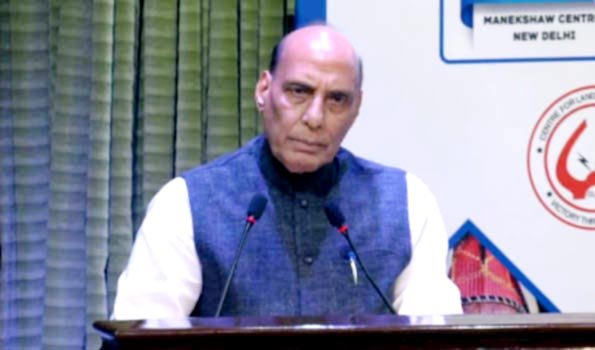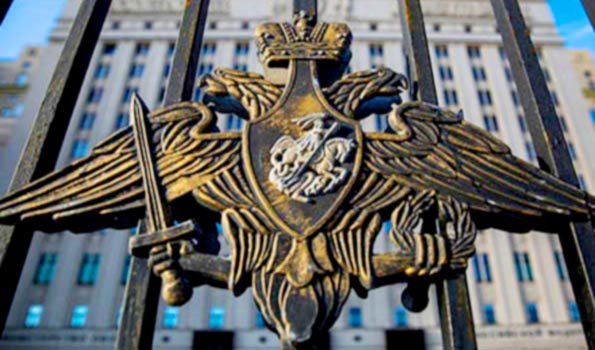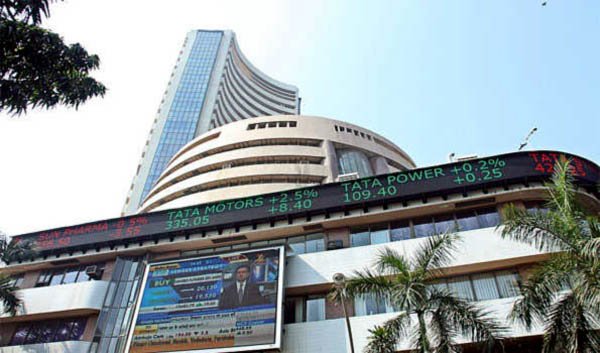New Delhi, Sep 11 (UNI) Defence Minister Rajnath Singh on Wednesday said that India’s geo-strategic position is such that it is exposed to different kinds of challenges and the best way to deal with them is to ensure border area development.
Addressing the Border Area Development Conclave here, Singh said, “Our aim is to ensure infrastructure and socio-economic progress in border areas”.
He added that the government is fully committed to the holistic development of border villages by describing them as the country’s first villages, and not remote areas.
Describing roads and electricity as basic facilities that form the foundation of development of any region, Rajnath reiterated the Government’s unwavering resolve to ensure progress in every corner of the country.
The Defence Minister stated that the ongoing efforts have not only ensured prompt military deployments in sensitive regions, but have also connected the people residing in border areas with the rest of the country.
He also underlined the fact that building roads, bridges and tunnels in border areas is imperative for national security, it is also important in making the lives of the people in these regions better, in collaboration with the state governments.
Singh said that promoting tourism in border areas is being given special emphasis by the Government as it acts as a catalyst for the development of the region.
He threw light on ‘reverse migration’, which he termed as one of the positive outcomes of economic development in border areas. He also made special mention of Huri village in Arunachal Pradesh, a unique example of development through civil-military collaboration.
Rajnath stated that while the central and state governments focused on economic progress, BRO and Indian Army laid emphasis on infrastructure development, which resulted in reverse migration.
Speaking about the vibrant village programme which aims to highlight the possibilities of border villages and ensure their development, the Minister said, “Our objective is to transform the villages along the Northern borders, especially in Uttarakhand, Himachal Pradesh and Arunachal Pradesh, which are suffering from limited connectivity and infrastructure, into a ‘Model Village’. We aim to connect them to the mainstream of development”.
He also commended the contribution of the Indian Army in the development of border areas. Singh said the Army is connecting the border areas with the rest of the country through roads and bridges, and is also working for the future of the youth by running schools in the region.
In his address, Minister of Culture and Tourism Gajendra Singh Shekhawat spoke on ‘Tourism A Catalyst for Growth in Border Regions’.
He stated that through joint projects it is being ensured that tourism growth in border regions goes hand-in-hand with security and infrastructure development.
Speaking on the occasion, Chief of the Army Staff General Upendra Dwivedi described Border Area Development as a core component of national security.
He stated that Indian Army’s efforts in the past have contributed immensely towards model villages in border areas, border tourism and developing infrastructure support including medical support and Humanitarian Assistance and Disaster Relief operations.
The border area development vision is bold, ambitious and deeply rooted in the principles of inclusivity, sustainability and security, the Defence Minister said, adding that there has been a ‘Whole of Nation Approach’ with renewed impetus.
Gen Dwivedi added that infrastructure development; smart borders comprising communication networks and power supply; economic development with employment generation; border area tourism and empowerment of next generation by providing skill enhancement and education opportunities are key pillars of the vision of border area development.











